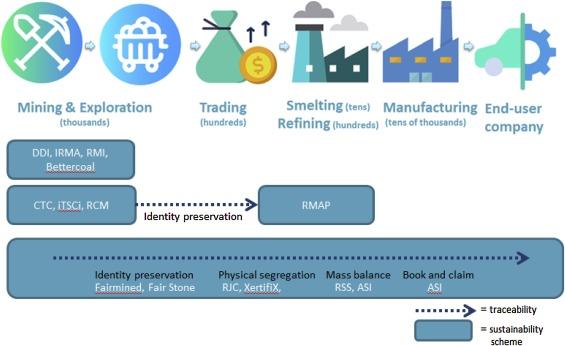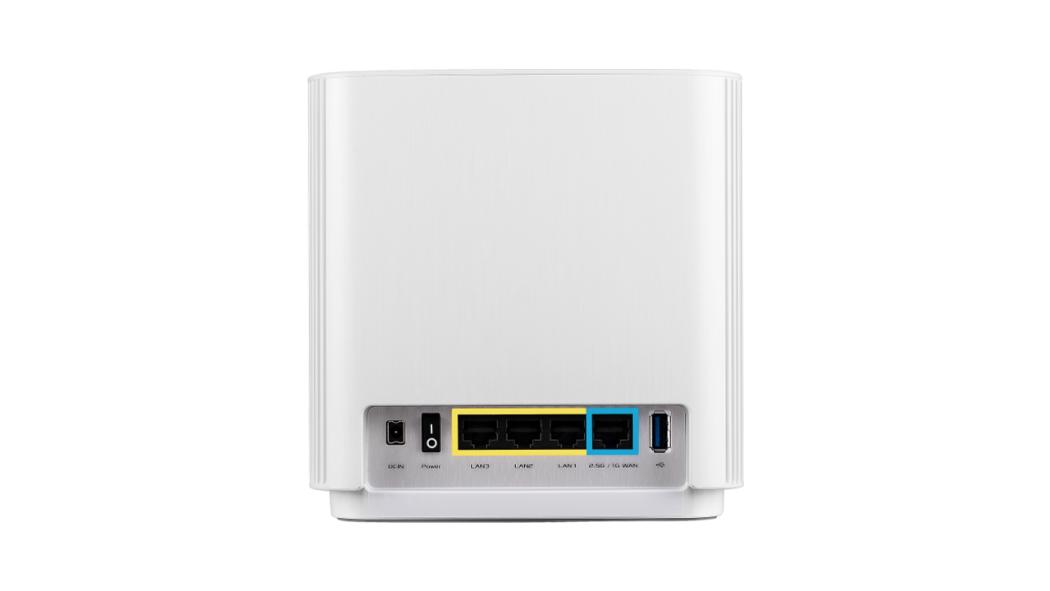At COP 26, Prime Minister Narendra Modi unveiled a five-pronged strategy termed as “Panchamrita” to get to net zero emissions by 2070. This includes ramping up renewable energy production and mix in the grid, improving energy efficiency, and reducing energy and emission intensity.
Businesses will have a large role to play in achieving the net zero vision. While businesses involved in power generation from renewable energy (RE) are directly engaged in meeting India’s target of RE capacity addition of 500 GW by 2030, the rest of India Inc is gearing to play a part in net zero efforts by adopting energy efficiency practices, increasing its share of energy consumption from renewable energy, and investing in practices to reduce energy and emission intensity in processes.
The building sector contributes 40% to the total emissions globally and therefore will have a large role to play in emission reduction – on the supply side by reducing emission intensity in materials, and in end-use by reducing energy consumption in operational as well as new buildings. The addition of RE will result in further reduction in emissions.
At the outset, we must focus on reducing the energy and emission intensity of key materials that go into construction of buildings and infrastructure.
Steel and cement are two most important and energy-intensive sectors in infrastructure and real estate. However, as per the Ministry of Steel, energy consumption in most of the integrated steel plants in India is generally high at 6-6.5 Giga Calorie per tonne of crude steel, as compared to 4.5-5.0 in steel plants abroad.
CloseHowever, this energy consumption is gradually reducing because of technological upgradation, utilisation of waste heats, and usage of better-quality inputs. The Ministry has set a target of reducing emission intensity year-on-year by 1% and is on track to achieving it.
India’s cement sector, meanwhile, is faring better than its global competitors in emission intensity but has great potential to reduce emissions further. (https://aeee.in/emission-reduction-approaches-for-the-cement-industry/).
Transitioning to net zero must include the entire supply chain of a business. While we tend to focus on reducing emissions or improving efficiency in our own premises or processes, it is important to not lose sight of our supporting industries, especially the small-and-medium ones.
If a manufacturing unit is located far away from the source of raw materials, a lot of transportation energy and hence fossil fuels will be required for getting the raw materials to the plant. This is why local sourcing and waste recovery is crucial for overall efficiency.

Industries must be cognizant of the boundary of emissions and isolate Scope 1, Scope 2, and Scope 3 emissions. The cement and steel industries, for instance, should be mindful of the source of raw materials, the distances over which they are sourced, and the manner in which they are brought onsite.
Life cycle analysis of materials is becoming a global norm, and industries should prepare for such disclosures for transparent business accounting. It is recommended to start looking at life cycle costs of buildings and products rather than initial costs, and consider the end-of-life fate of any product before buying it.
Businesses often construct or rent out buildings for operational purposes. In a building life cycle, it is very important to look at embodied energy and operational energy in a combined way. The net zero dialogue unfortunately misses the embodied emissions conversation.
It is time to switch to sourcing raw materials of construction only from efficient and sustainable sources. It is highly recommended to include concepts of responsible sourcing of raw materials; have environmental product labels for materials; give preference to suppliers who follow green practices; follow lean construction practices; and avoid over-design of structures and systems.
On the operational front, businesses spend a large amount of money in paying for electricity bills and other operational expenses. Keeping net zero targets in mind, it is important for businesses to think about how clean the electricity is, and the ways by which its consumption can be reduced. Both measures will have considerable impact on reducing net emissions as well as the emission intensity.
Sustainable and green buildings, and more so net zero buildings, are the way to go. This can be achieved by constructing and operating green buildings and powering buildings either through onsite renewables or green grids. Smart grids and shared micro grids can help shift carbon-intensive energy consumption patterns.
It is recommended to switch to green energy; ask your power provider about the energy mix of supply; carry out energy and emission audits; set emission reduction goals with clear timelines; and measure and monitor progress diligently.
In addition to nudging businesses to become cleaner and greener, the pandemic has put severe economic pressure on our economy. Understandably, cutting costs while enhancing productivity, and improving output while optimising costs, has become the motto for every business. However, the pandemic has also offered solutions that can be leveraged to further reduce costs and emissions.
Work-from-home is a sustainable practice that businesses must follow
Working from home – or, for that matter, working from anywhere – has enabled India Inc to keep going despite disruptions and restrictions. While collaboration and in-person interactions are important for productivity, there are certain functions that can be accomplished remotely. The ability to work remotely and yet staying connected offers immense opportunity for reducing emissions.
Direct emissions from commute as well as emissions from the use of energy in office spaces can be significantly reduced if businesses offer employees the flexibility of working from home. Technology has proven to be a life-saver during the pandemic. Enabling remote operations and seamless connectivity and focusing equally on health and productivity, have become the new norms.
Today, IoT-connected smart technologies in a building – from heating, ventilation, and air conditioning (HVAC) to smart plugs and security systems – can be controlled by digital solutions and powered by green electricity. This enables buildings to attain superior levels of energy efficiency, while providing truly digital, healthy, and connected workspaces. All these factors save energy and reduce emissions.
Powered by technology, helped by policy interventions, and guided by a strong commitment to global goals, India and its businesses are set to become greener, better, and stronger in the years to come. Net zero is not as daunting a goal as it looks to be. It can be achieved through an integrated framework for energy production, supply and consumption, coupled with result-driven implementation.








